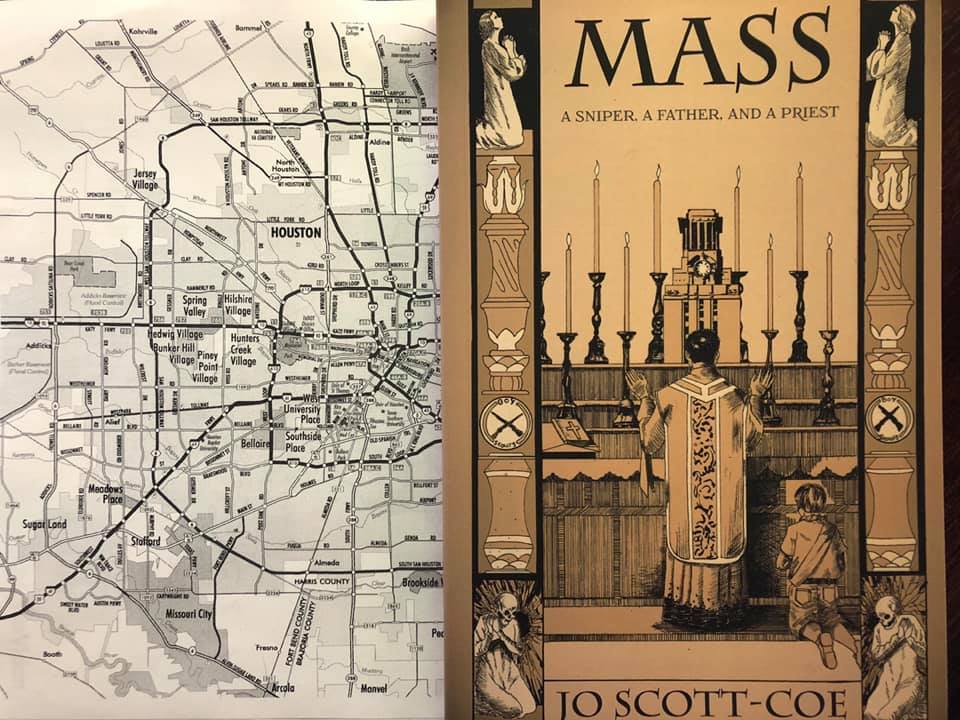 Tomorrow, all dioceses in the State of Texas have pledged to meet a self-imposed deadline. On that day, January 31, they will release the names of all priests “credibly accused” of sexual abuse.
Tomorrow, all dioceses in the State of Texas have pledged to meet a self-imposed deadline. On that day, January 31, they will release the names of all priests “credibly accused” of sexual abuse.
Eyes are focused closely on the Archdiocese of Galveston-Houston (ADGH), whose chancery office was raided for records in November following the September arrest of Conroe priest, Manuel La Rosa-Lopez. Cardinal Daniel DiNardo, Archbishop of ADGH and current President of the US Conference of Catholic Bishops (USCCB), as well as his predecessor, former Archbishop Joseph Fiorenza (also President of the USCCB from 1998-2001), are both alleged to have mishandled complaints about Rev. La Rosa-Lopez and other priests.
At a panel discussion in the Freed-Montrose Library on Jan. 24, I gave a presentation about my 6 years of research for my book, MASS: A Sniper, a Father, and a Priest. The Houston-ordained priest whose history I documented from scratch, Rev. Joseph Leduc, had no public accusations on record. However, his story unfortunately contains many “red flags” we can recognize now after more than two decades of litigation and research on the priesthood, psychological dysfunction, and criminal abuse.
In MASS, I traced these markers (among many others): a significant pattern of geographical movement (state to state, diocese to diocese, parish to parish), seminary transfers, changes of recorded name, odd purchases of property and debt defaults, leadership in Catholic scouting followed by brief military service, and an extended period of leave prior to death in 1981. There was more than enough to give me uncomfortable pause. Leduc had problems and likely should not have been ordained, but how bad was his behavior on the spectrum?
Was Leduc just a French mistfit who didn’t get along with the local “good ol’ boys” in Texas? Was he somehow sidelined because of his connection to Charles Whitman, the UT Tower shooter who killed 17 people and wounded 31 in August 1966? Or was Leduc another seriously mixed-up priest whose association with Whitman added only an extra worry of exposure to a Church that has fought so fiercely, again and again, to protect its image more than its members?
I doubt that the list will put an end to my questions. The Church has a long record of slicing and dicing its measures of “credible” accusations, so any list must be considered through the lens of that reality. I am willing to be surprised, but I am skeptical that ADGH’s big “reveal” will contain many, if any, smoking guns.
I do see one best hope for full accountability in ADGH: the raid of records by local and state authorities will offer a comprehensive “check and balance” for whatever information the diocese includes. We will have to wait and see how that story develops.
Transparency is long overdue in the Catholic Church worldwide, and any single gesture is only a small and belated step forward: more will be required for full transformation. I worry that the much-anticipated list itself is a McGuffin, a plot device, distracting mass audiences temporarily from a longer and more complicated story about victims and survivors, about predators and the authorities who have enabled them, the voices that get denigrated, ignored, or silenced.
Whose testimony counts? I have been writing about that question for years and will continue to explore it, even after the lights and cameras have been turned off.
Stay tuned.

Recent Comments